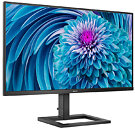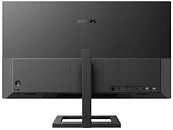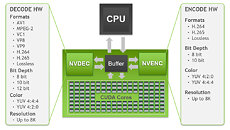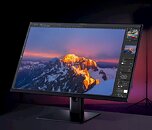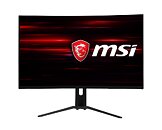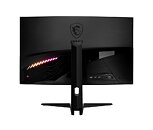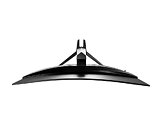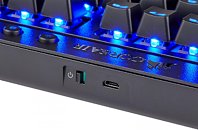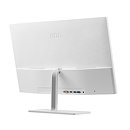Solid State Disks Introduces SCSIFlash-Fast Product Range
Solid State Disks Ltd. (SSDL), a leading manufacturer of solid-state-drives (SSDs) and a value-added reseller (VAR) of latest-technology Flash and DRAM solutions, has launched SCSIFlash-Fast, a swap-in upgrade/replacement for electromechanical hard disk drives (HDDs) that use the SCSI interface. Initially available with 68- and 80-pin connectors and write speeds of up to 80 MB/s, SCSIFlash-Fast uses proven SCSI drive architecture and industrial CFast or M.2 SSD memory (with storage capacities ranging from 2 GB to 1 TB). The drive features configurable hardware, allowing the OEMs of (or those responsible for maintaining) legacy systems to replace or upgrade obsolete HDDs that were made in the 1980s, 1990s and early 2000s, and improve system reliability and security.
James Hilken, SSDL's Sales & Marketing Director, says: "There are several computer-based systems in use within aerospace, defense, manufacturing, medical, telecommunications and other sectors that were designed decades ago and were fitted with then state-of-the-art SCSI hard disk drives. With their moving parts, these long-obsolete drives are increasingly failing. Our SCSIFlash-Fast drive is a highly reliable swap-in replacement for virtually any SCSI hard disk drive that's more than 20 years old." SCSIFlash-Fast is configured to order and can replicate the exact behavior of the SCSI HDD it replaces, meaning no modifications need to be made to the host system; which in many cases must not be modified (i.e. its functionality has been certified) or it is simply not cost-effective to do so. With SSDL's SCSIFlash-Fast, the SCSI version is set to that of the host system (SASI, SCSI-1, SCSI-2 or Ultra3) and the disk sector size is set to 256, 512, 768, 1024, 2048 or 4096. Other configurations can also be applied, including the preloading of data.
James Hilken, SSDL's Sales & Marketing Director, says: "There are several computer-based systems in use within aerospace, defense, manufacturing, medical, telecommunications and other sectors that were designed decades ago and were fitted with then state-of-the-art SCSI hard disk drives. With their moving parts, these long-obsolete drives are increasingly failing. Our SCSIFlash-Fast drive is a highly reliable swap-in replacement for virtually any SCSI hard disk drive that's more than 20 years old." SCSIFlash-Fast is configured to order and can replicate the exact behavior of the SCSI HDD it replaces, meaning no modifications need to be made to the host system; which in many cases must not be modified (i.e. its functionality has been certified) or it is simply not cost-effective to do so. With SSDL's SCSIFlash-Fast, the SCSI version is set to that of the host system (SASI, SCSI-1, SCSI-2 or Ultra3) and the disk sector size is set to 256, 512, 768, 1024, 2048 or 4096. Other configurations can also be applied, including the preloading of data.





































